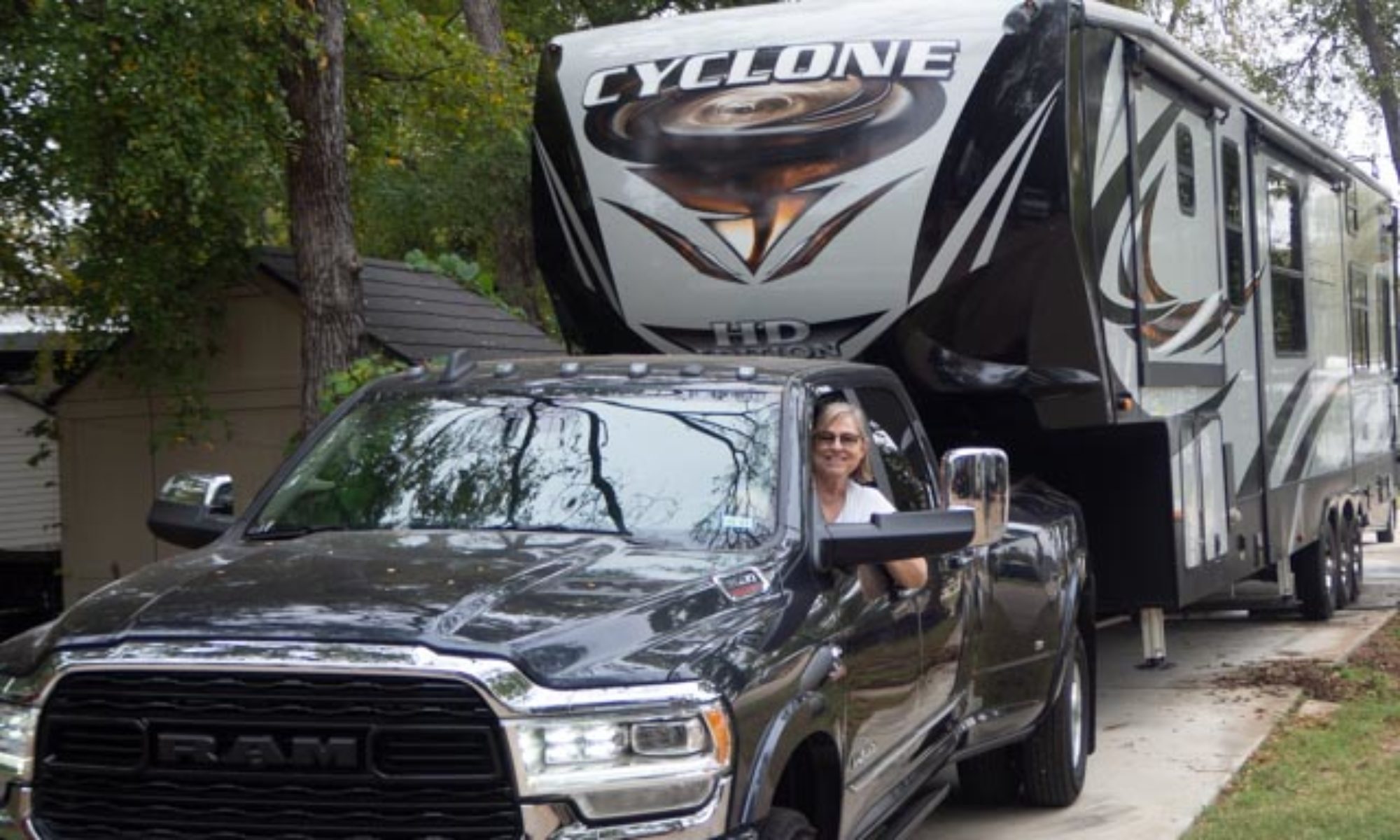How many programmers does it take to control a Z-wave light bulb?
I consider myself fairly technical, but I’ve got to say that trying to understand and control Z-Wave and Zigbee devices sure is confusing. And don’t even get me started with how complicated trying to program them has been. It all began when I decided that I needed to control a regular 120 vac light bulb in a desk lamp on my computer desk. As you can tell from all my earlier posts, I’ve done all my automation so far working with 12v DC, and prefer it that way. So it seemed like just using a Z-wave or Zigbee light bulb would be the easiest approach; no wiring required.
I did some early investigation, and saw that Home Assistant and SmartThings were a couple viable options. So I started putting together a Home Assistant system, while looking at ways for it to control either Zigbee or Z-Wave.
It just so happened that there was a Z-Wave sponsored contest starting, and applicants could receive a free Raspberry Pi + Sigma USB Z-Wave controller + choice of any Z-Wave device. So I applied, was accepted, and chose the Zipato RGBW2 light bulb. Off to a great start!
Home Assistant is an amazing open source project! I like it. I tried using it to control the light bulb via the Sigma controller, but could never quite get it working fully. Oh sure, I could turn the light on or off, but not control the RGB or 2 types of white light. Plus the darn Raspberry Pi 3 kept hanging overnight.
So, in typical programmer fashion, I decided I’d just cut out the middle man and write my own code to control the light bulb. Well, the scarcity of examples and lack of any tutorials made this a very frustrating effort. I never did get the Z-Wave bulb to respond to any of my own code. So when my maximum frustration threshold was exceeded, I decided to punt on writing my own code and give SmartThings a try.
Samsung has put together some pretty extensive, well written developer documentation. So I was initially very optimistic. I ordered a kit that included the hub plus a bunch of sensors, and quickly had the light bulb turning on and off in response to motion and doors opening. However, going from there to integrating with all my other automated lights and Alexa skills was again very challenging. I eventually was able to get everything integrated together by writing a SmartThings Device Handler and Service Manager that could together automatically detect and control my Patriot devices, but then what? In order to automate stuff, I had to write a bunch code, and organizing all this code quickly got out of hand.
In my googling about all this, I came across several posts that shared my experiences; SmartThings can control a lot of stuff, but using it to automate things required writing lots of code. Some of these posts described that Home Assistant was really good at solving that problem. I also read where the Home Assistant guy (folks?) are looking into using machine learning to establish automation rules. That’s the direction I’ve been trying to go. So maybe I’ll throw my hat into that ring.
So I’m back to working with Home Assistant. And I was delighted to find that in the several months since I looked at it before, installing Home Assistant has become simpler and easier.
There are options for connecting SmartThings sensors to Home Assistant using an MQTT broker, and I may take a look at that later. I’ll eventually want to be able to interface with Zigbee devices, and using the SmartThings hub is one option. But we’ll see.
Oh, and the Raspberry Pi hang? I finally figured out that it was caused by leaving an open SSH connection overnight. So now I exit SSH when I’m done using it, and haven’t had any more hangs.
